Recently, some Western politicians and media outlets claimed that Chinese electric vehicle (EV) manufacturers’ rapid development was driven by subsidies. They say that excess production capacity is impacting the world market, although China’s current production capacity is far from meeting market demand.
China Passenger Car Association data shows that from 2019 to 2023, China’s car exports accounted for only 15.9 percent of domestic production. The ratio of exports to production is far lower than in other car-producing nations such as Germany, Japan and South Korea. According to Bloomberg analysis, in the EV sector, the capacity usage rates of the majority of China’s leading auto exporters are considered normal.
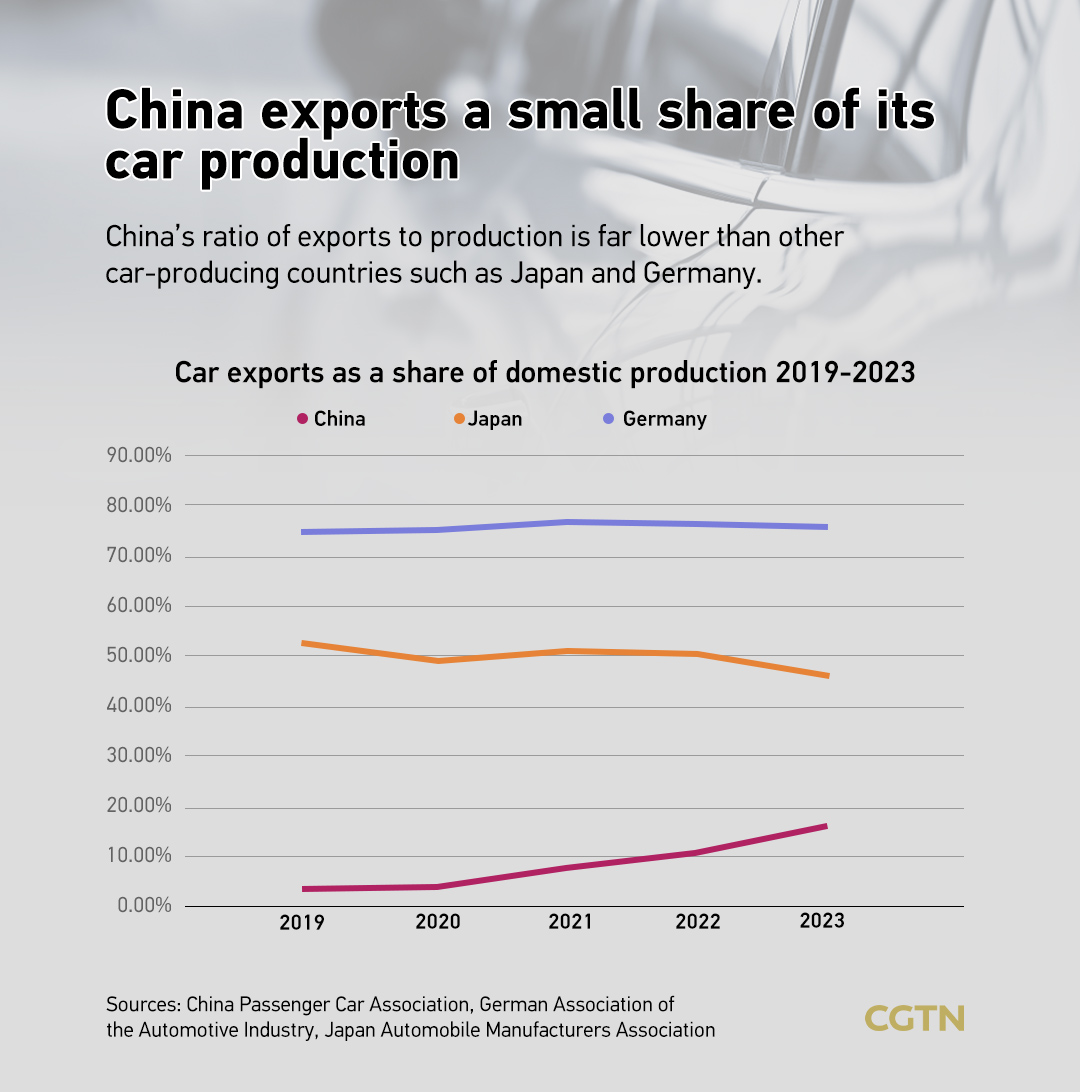 Graph showing China’s ratio of exports to production is far lower than other car-producing countries such as Japan and Germany. /Designed by Li Jingjie
Graph showing China’s ratio of exports to production is far lower than other car-producing countries such as Japan and Germany. /Designed by Li Jingjie
Graph showing China’s ratio of exports to production is far lower than other car-producing countries such as Japan and Germany. /Designed by Li Jingjie
Overcapacity essentially happens because there is not enough market demand for the products being produced.
However, in the case of EVs, the reality is just the opposite.
Almost 14 million new electric cars were registered globally in 2023, and electric car sales in 2023 were 3.5 million higher than in 2022, a 35 percent year-on-year increase, according to a report published by the International Energy Agency (IEA) on Tuesday, indicating that growth remains robust as electric car markets mature.
According to the China Automobile Dealers Association, China’s vehicle inventory alert index, which reflects the inventory pressure on automobile dealers, declined 5.8 percentage points month on month in March this year. The IEA report notes that sales of EVs in China have remained robust. It projects that sales are set to grow by almost 25 percent in 2024 compared to last year, reaching around 10 million.
 China’s vehicle inventory alert index from 2022 to 2024. /Designed by Li Jingjie
China’s vehicle inventory alert index from 2022 to 2024. /Designed by Li Jingjie
China’s vehicle inventory alert index from 2022 to 2024. /Designed by Li Jingjie
On April 23, a commentary in the Swiss newspaper Neue Zürcher Zeitung (New Journal of Zürich) argued that the West’s complaints about China’s “overcapacity” are both hypocritical and shortsighted. Instead of hyping the “Chinese threat,” the Western industrialized countries would do better to face up to the competition, benefit from good and affordable products and push for equal market access in exchange for more Chinese green energy products entering the European market, the article suggests.
(Cover: An electric vehicle. /CFP)
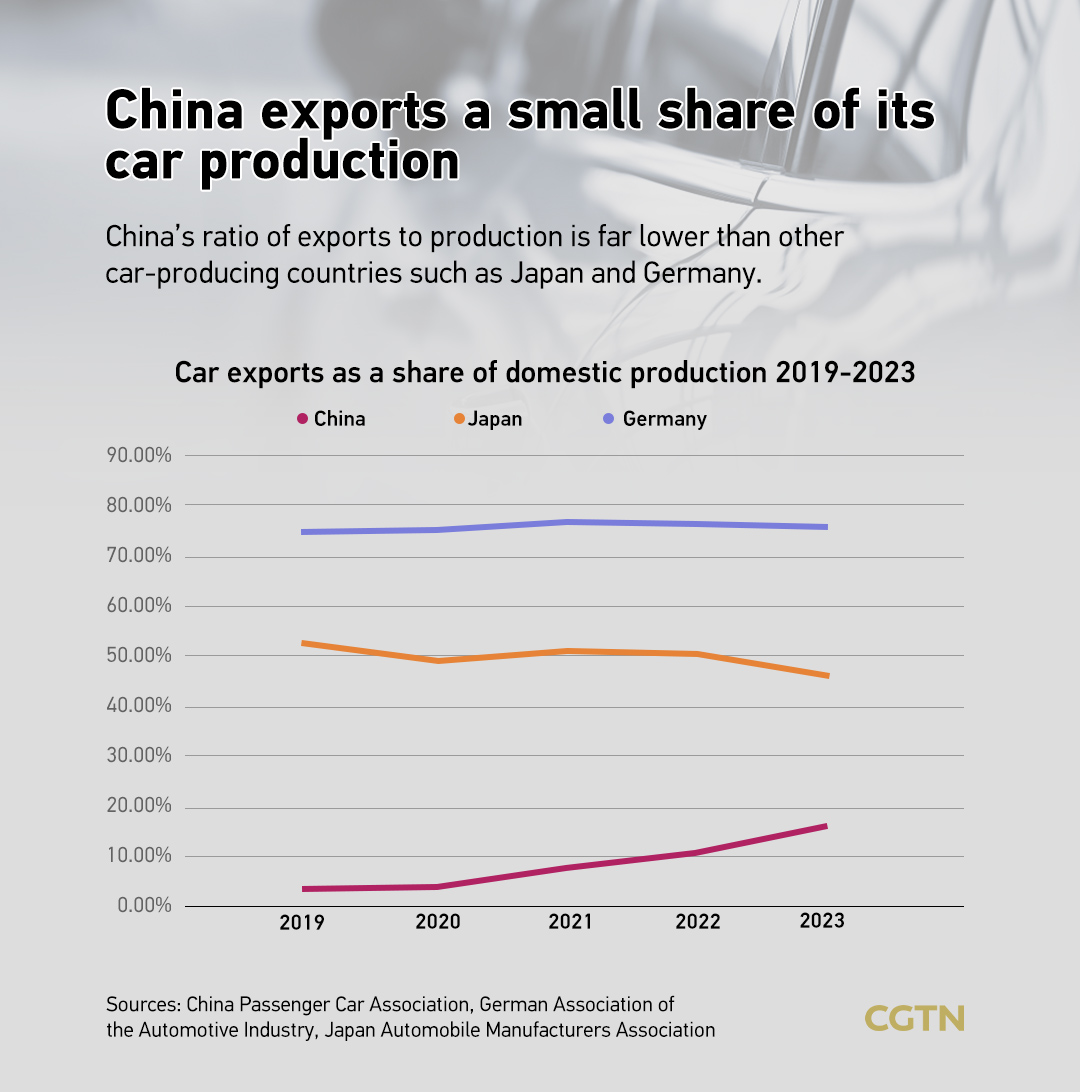

 China launches its Gravity-1 solid rocket from a mobile sea platform off Haiyang City, east China’s Shandong Province, January 11, 2024. /CFP
China launches its Gravity-1 solid rocket from a mobile sea platform off Haiyang City, east China’s Shandong Province, January 11, 2024. /CFP 

 A still from the film “A Real Job” /Photo provided to CGTN
A still from the film “A Real Job” /Photo provided to CGTN 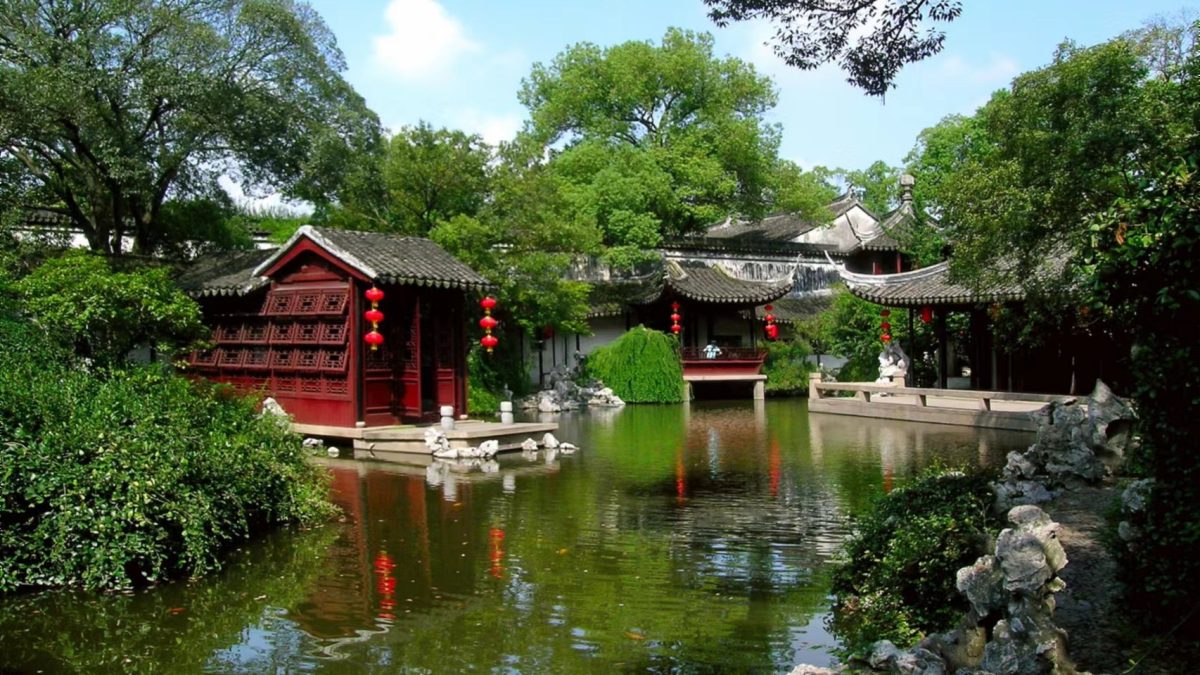
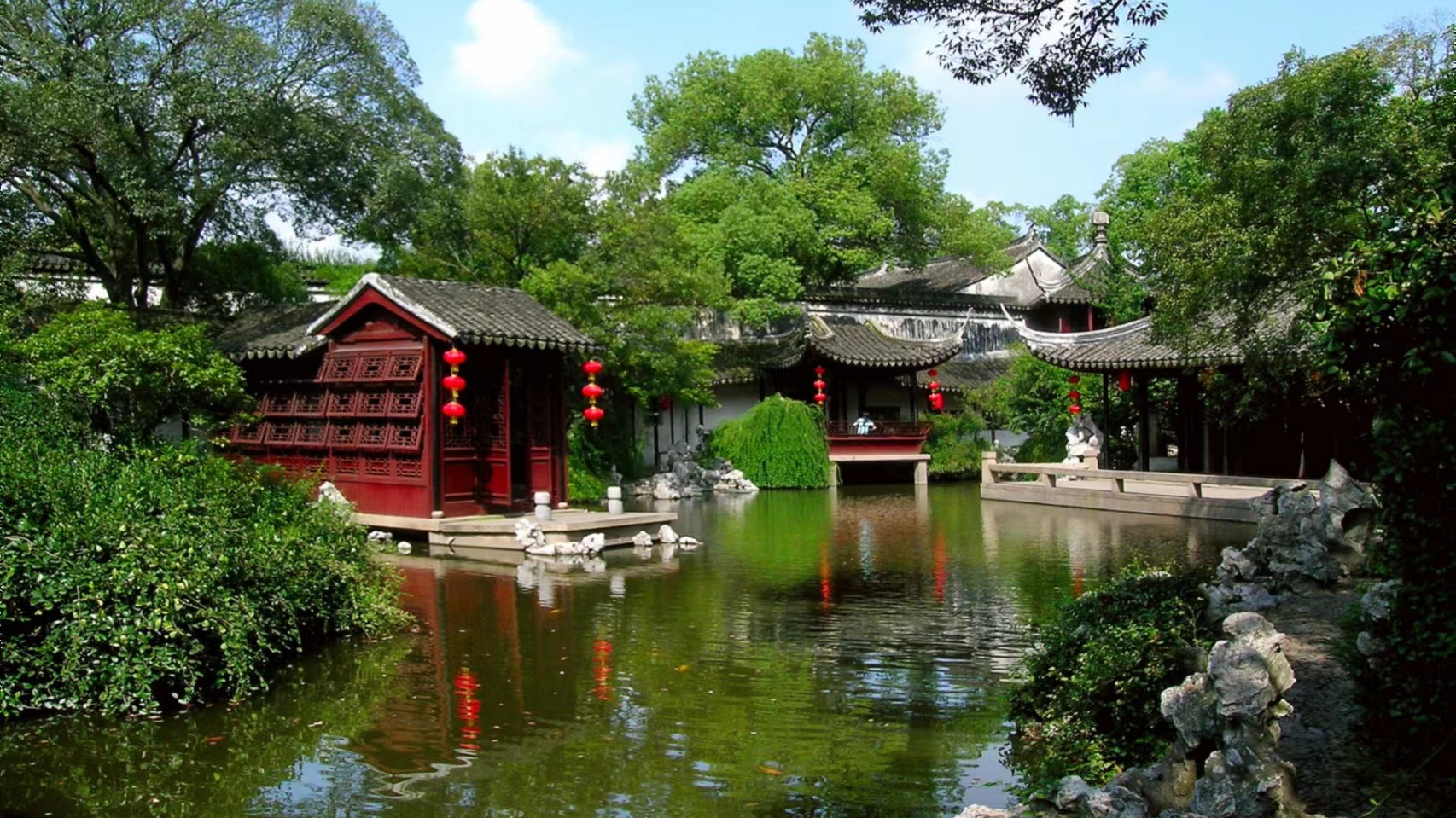

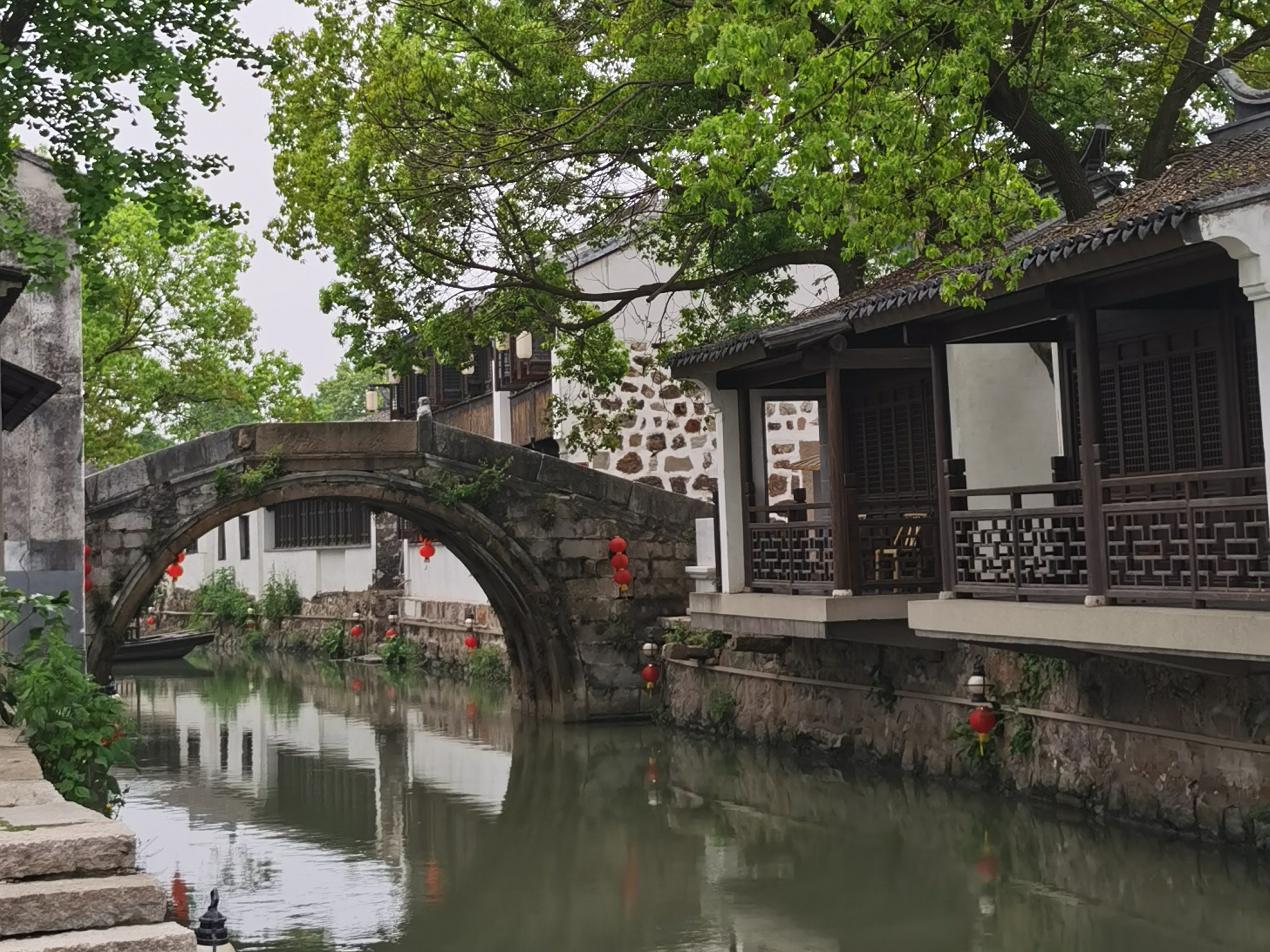 A view of Jiaoxi Town, Changzhou City, east China’s Jiangsu Province, April 21, 2024. Du Junzhi/CGTN
A view of Jiaoxi Town, Changzhou City, east China’s Jiangsu Province, April 21, 2024. Du Junzhi/CGTN  Yellow stones used to build houses in Jiaoxi Town, Changzhou City, east China’s Jiangsu Province, April 21, 2024. Du Junzhi/CGTN
Yellow stones used to build houses in Jiaoxi Town, Changzhou City, east China’s Jiangsu Province, April 21, 2024. Du Junzhi/CGTN 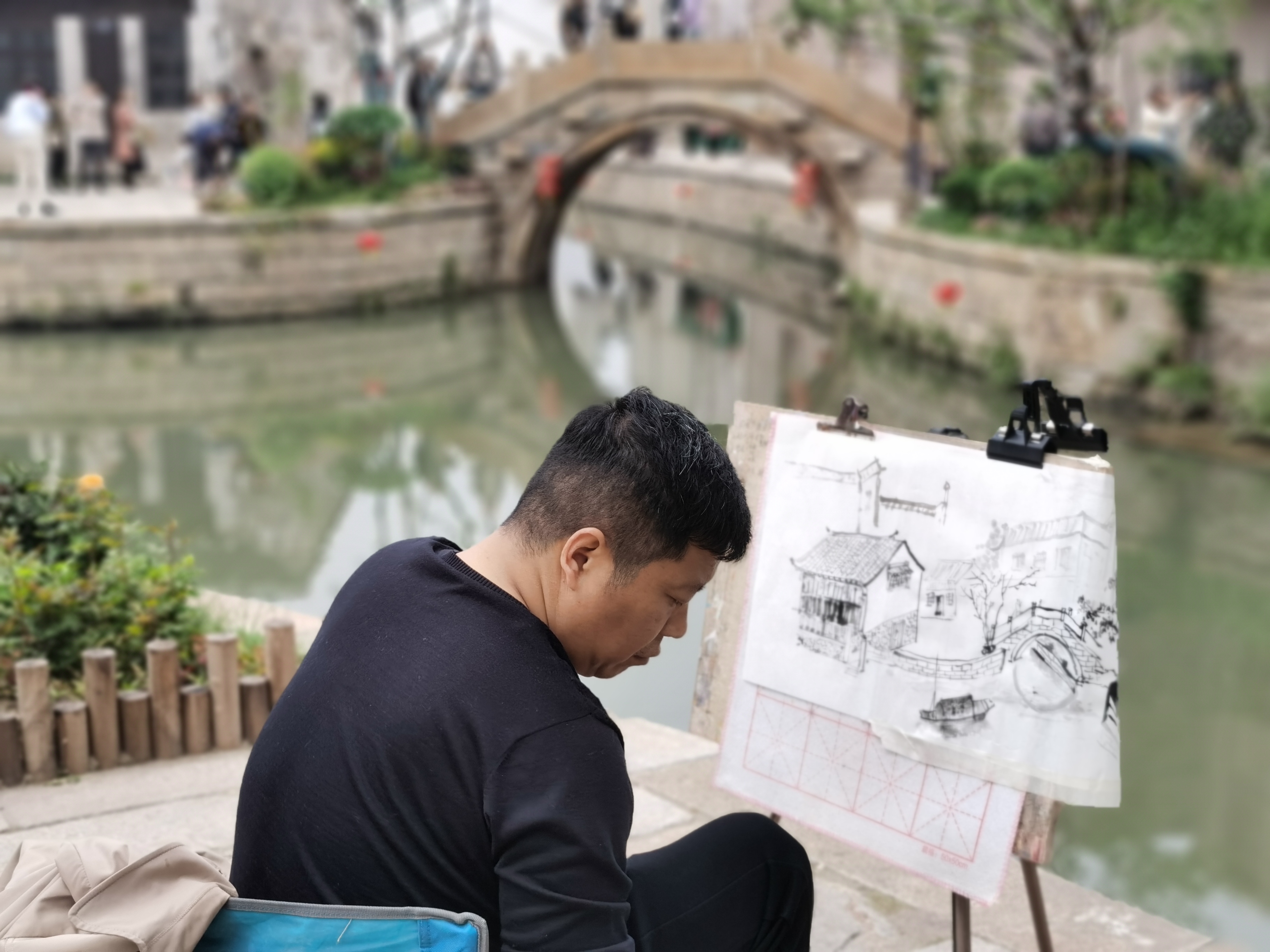 A man sketches buildings in Jiaoxi Town, Changzhou City, east China’s Jiangsu Province, April 21, 2024. Du Junzhi/CGTN
A man sketches buildings in Jiaoxi Town, Changzhou City, east China’s Jiangsu Province, April 21, 2024. Du Junzhi/CGTN 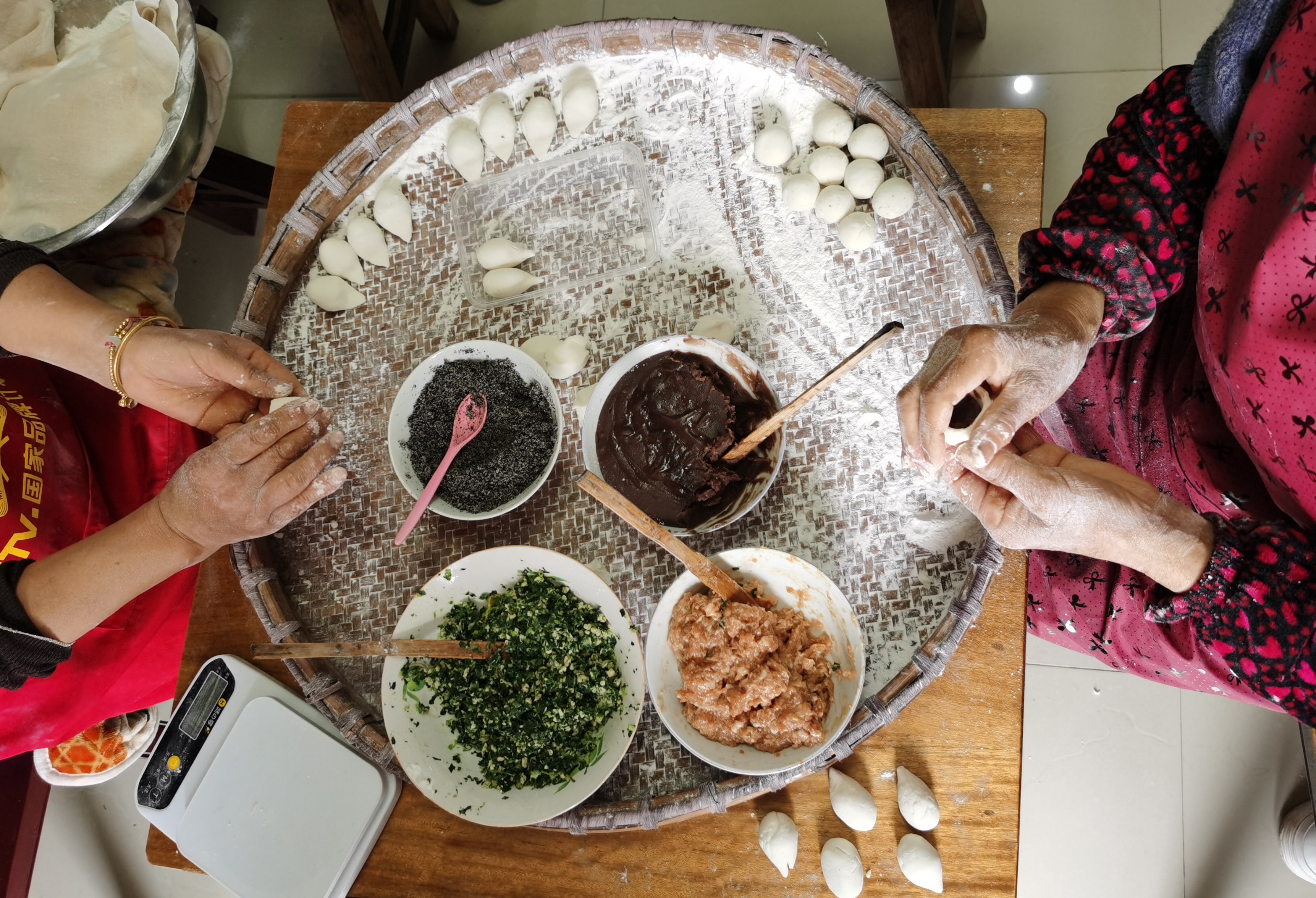 Residents make dumpling balls with different kinds of fillings in Jiaoxi Town, Changzhou City, east China’s Jiangsu Province, April 21, 2024. Du Junzhi/CGTN
Residents make dumpling balls with different kinds of fillings in Jiaoxi Town, Changzhou City, east China’s Jiangsu Province, April 21, 2024. Du Junzhi/CGTN  Yao Xiaosong, inheritor of Jiaoxi’s tofu-making craft, Jiaoxi Town, Changzhou City, east China’s Jiangsu Province, April 21, 2024. Du Junzhi/CGTN
Yao Xiaosong, inheritor of Jiaoxi’s tofu-making craft, Jiaoxi Town, Changzhou City, east China’s Jiangsu Province, April 21, 2024. Du Junzhi/CGTN 
 From ancient forests to alpine tundra and snow-capped peaks, there’s plenty on offer for the outdoor enthusiast at Mount Siguniang in southwest China’s Sichuan Province. /CGTN
From ancient forests to alpine tundra and snow-capped peaks, there’s plenty on offer for the outdoor enthusiast at Mount Siguniang in southwest China’s Sichuan Province. /CGTN  From ancient forests to alpine tundra and snow-capped peaks, there’s plenty on offer for the outdoor enthusiast at Mount Siguniang in southwest China’s Sichuan Province. /CGTN
From ancient forests to alpine tundra and snow-capped peaks, there’s plenty on offer for the outdoor enthusiast at Mount Siguniang in southwest China’s Sichuan Province. /CGTN  From ancient forests to alpine tundra and snow-capped peaks, there’s plenty on offer for the outdoor enthusiast at Mount Siguniang in southwest China’s Sichuan Province. /CGTN
From ancient forests to alpine tundra and snow-capped peaks, there’s plenty on offer for the outdoor enthusiast at Mount Siguniang in southwest China’s Sichuan Province. /CGTN  From ancient forests to alpine tundra and snow-capped peaks, there’s plenty on offer for the outdoor enthusiast at Mount Siguniang in southwest China’s Sichuan Province. /CGTN
From ancient forests to alpine tundra and snow-capped peaks, there’s plenty on offer for the outdoor enthusiast at Mount Siguniang in southwest China’s Sichuan Province. /CGTN  From ancient forests to alpine tundra and snow-capped peaks, there’s plenty on offer for the outdoor enthusiast at Mount Siguniang in southwest China’s Sichuan Province. /CGTN
From ancient forests to alpine tundra and snow-capped peaks, there’s plenty on offer for the outdoor enthusiast at Mount Siguniang in southwest China’s Sichuan Province. /CGTN  From ancient forests to alpine tundra and snow-capped peaks, there’s plenty on offer for the outdoor enthusiast at Mount Siguniang in southwest China’s Sichuan Province. /CGTN
From ancient forests to alpine tundra and snow-capped peaks, there’s plenty on offer for the outdoor enthusiast at Mount Siguniang in southwest China’s Sichuan Province. /CGTN 

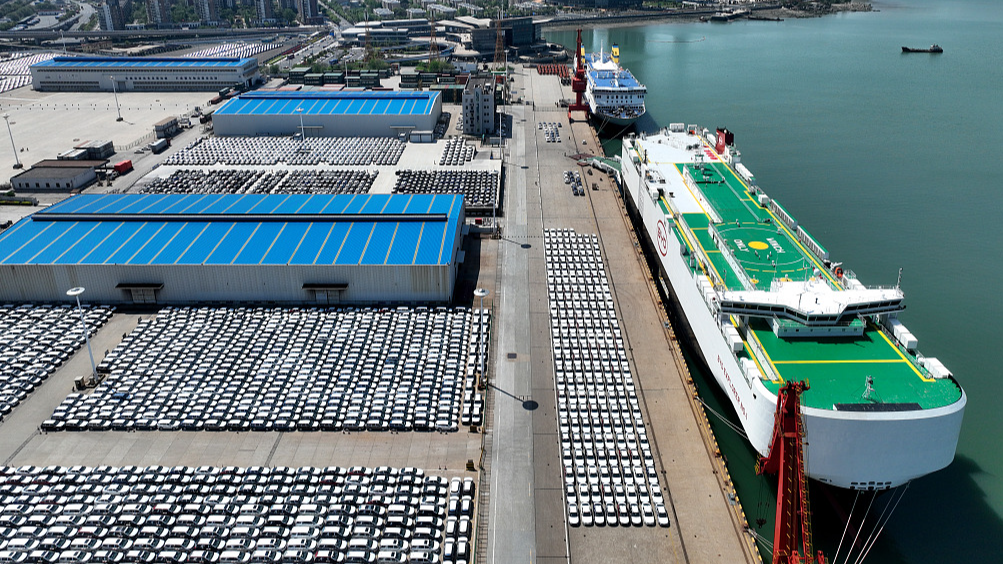
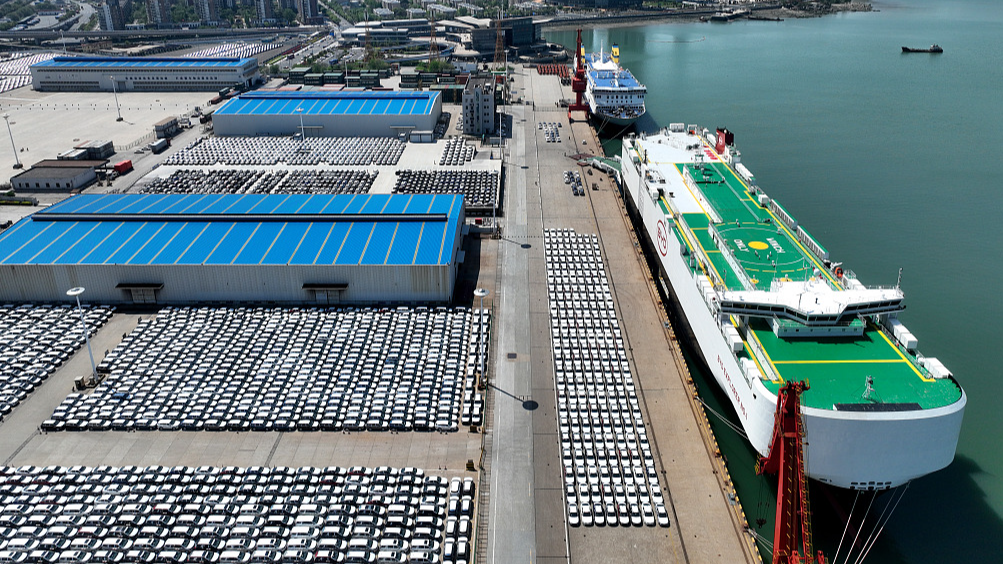 A view of the new energy vehicles for export at the port of Lianyungang Port in Lianyungang City, east China’s Jiangsu Province, April 25, 2024. /CFP
A view of the new energy vehicles for export at the port of Lianyungang Port in Lianyungang City, east China’s Jiangsu Province, April 25, 2024. /CFP 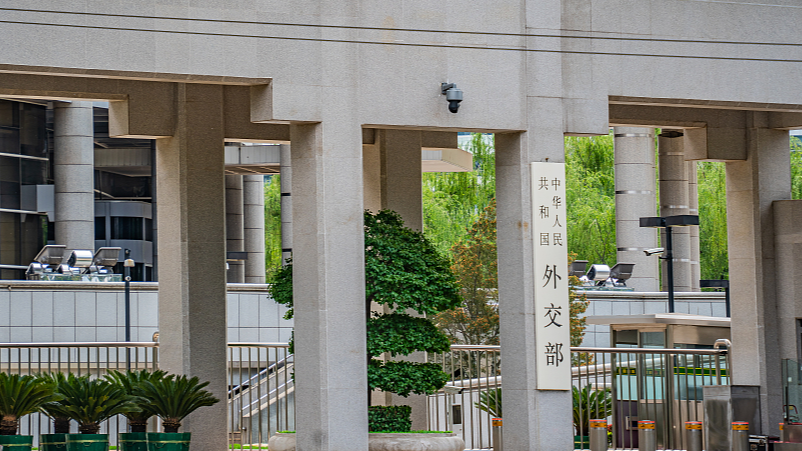
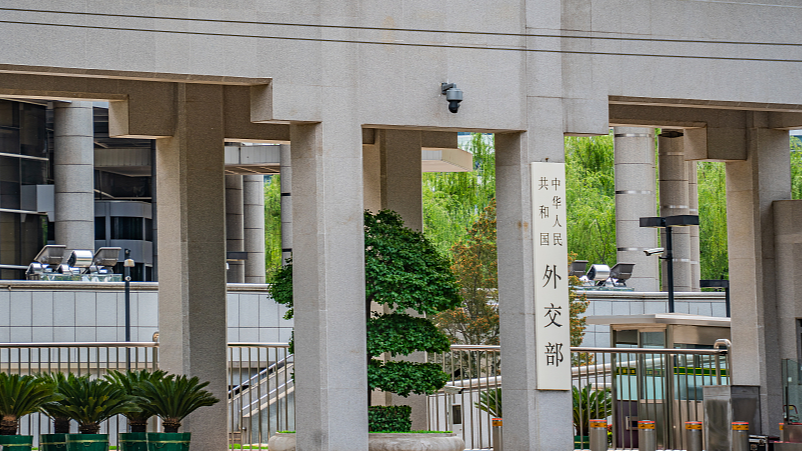 A view of the Chinese Foreign Ministry in Beijing, China. /CFP
A view of the Chinese Foreign Ministry in Beijing, China. /CFP 
